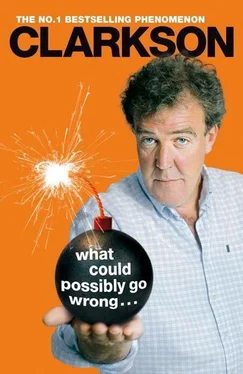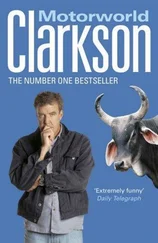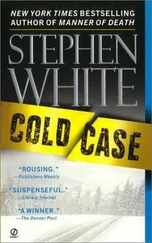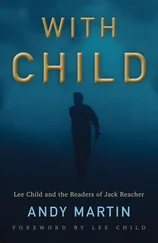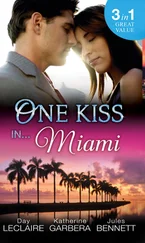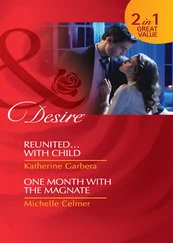Then there’s Albert Bridge. It’s lit so vividly, and the reflection is so strong, you feel as if you’re steaming along in a vast river of custard. And to the left and right are the new blocks of executive flats, each with its floor-to-ceiling windows. No point closing the curtains. Who’s looking? We were. And that was great, too.
There is no one-hour trip in the world in which you see so much, and so much of what you see is so wildly different. Every day I’d spot something else. Another frilly Victorian detail. Another elegant way of converting the warehouses that served the industry that built them into flats for the industry that fuels Britain today. A hundred years ago they were full of cotton and tobacco. Today they house bankers who’ve come over from New York for six months and can be seen on their balconies, gawping and not quite believing their eyes. Fifth Avenue is a modern-day wonder. But the canyon carved by Old Father Thames – that’s on a different plane altogether.
Sadly, because the boat was so sublime and the view so moving, I used it every day to commute to the ExCeL. Which meant the new version of the Jeep Grand Cherokee I am supposed to be writing about this morning spent most of its time sitting in a lock-up garage.
It had a difficult birth, this car. Conceived when its parent firm Chrysler was married to Daimler, which owns Mercedes-Benz, it shares many of its underpinnings with the Mercedes ML. But before it was born, its parents divorced and its mum ran off with a man from Fiat. As a result of her new liaison it has a 3-litre Italian diesel engine. No other option is available.
The figures look quite good, and off road there is enough engineering – both electrical and mechanical – to ensure progress will be maintained long after most of today’s high-riding urban-crossover sports-utility offerings have sunk without trace into the mud. But one brief drive was enough to confirm that while the Jeep may be fine in the big outdoors, it’s a very old-fashioned Hector everywhere else. The automatic gearbox operates on geological time and the engine is about as refined as a scaffolding company’s tearoom.
And while the interior is festooned with all manner of luxury items and electrically operated toys, there is a very real sense – as is the way with all American cars – that a million pounds has been spent at Woolworths.
The exterior is different. It looks quite good, and, unlike Land Rover, Jeep offers a tasteful range of colours. Mostly, though, this car is big and it’s cheap and it’s simple. Which, of course, makes it absolutely ideal for someone who for some reason doesn’t want a Toyota Land Cruiser.
4 December 2011
Uh-oh, some fool’s hit the panic button
Chevrolet Orlando 1.8 LTZ
We’re told that between Christmas and the new year, 8 billion British people have defied the troublesome economy and, between them, spent £70 trillion on mildly discounted products in the sales. This sounds like good news. But if you examine the pictures of those rampaging around Oxford Street you will notice quite quickly that every single one of them was Chinese.
The Chinese love a bargain. But what they love even more than that is a brand name. I was in Beijing last month and was told, time and time again, that local produce had no appeal at all to the country’s new rich. They want Tommy Hilfiger and Prada and Ray-Ban. And if they can get these badges at the lowest possible prices – well, that’s got to be worth the cost of a return ticket to Heathrow.
That’s what you need these days to survive out there on the high street: a name that’s known. Because a name that’s known is a name that can be trusted. Fairy Journeyman HoneyWasp perfume may be excellent and good value but it cuts no ice with a bottle bearing the Chanel legend.
It’s not just the Chinese, either. I have a friend who dresses in quite the most hideous clothes you have ever seen. They look like they have been made either as a joke or by someone who was being deliberately stupid. But when I explain this to him, he always points to the label and says, with a hurt tremor in his voice, ‘But it’s Dolce & Gabbana.’
I guess I’m just as bad really. I only buy Ray-Ban sunglasses and Sony televisions. Not because I know they’re the best but because the names have a Ready Brek aura of comfort-blanket warmth about them. And don’t claim you’re immune. Because I bet you’d rather do business with a man called Victor than a man called Vince.
In the world of cars, a brand name is everything. While in China I drove a car called the Trumpchi. Want one? Of course you don’t, because who’s behind it? What’s it made from? And where? I could tell you that it’s hewn from a gold bar, costs six pence and runs on water and you’d say, ‘How intriguing,’ as you wrote out a cheque for a Volkswagen.
You know where you are with a Volkswagen and you’re right. Every day, thousands of engineers work to the best of their abilities to make sure that every single car they make upholds the company’s reputation for durability and safety. Protecting the brand name: it’s everything.
Unless you are running General Motors. Protecting all the brands it controls is nowhere near as important as making any damn thing to keep the bankruptcy wolf from eating the company’s front door. Which explains the Chevrolet Orlando LTZ in which I endured a mercifully brief drive recently.
Louis Chevrolet was born in Switzerland and after a brief spell in Canada arrived in America where he drove racing cars for Fiat and made road cars for himself. Fairly soon, though, he sold his car company to GM and went off to have fun. In 1929 he lost every cent he had made in the stock market crash and ended up in Detroit working on the Chevrolet production line. That was sad, but worse was to come…
Because today, he is six feet under the ground in Indianapolis, spinning wildly at the Orlando people carrier that bears both his name and the stylized Swiss flag badge that he designed. The company he founded has always had one eye on budget performance. This was its guiding principle as far back as the 1930s, when it offered the cheapest six-cylinder car in the world.
In the 1950s it came up with the plastic Corvette and in the 1960s it was among the first companies in the world to fit a production car with a turbocharger. But all the while, it was plugging away with its small block V8. The mainstay of blue-collar speed. The heart that pumped the Camaro and the Nova SS into the world’s consciousness.
This is what we think about when we think of Chevrolet. Men with tattoos and their hats on back to front, whooping wildly as their thunderous and wondrous machines skittle off the line in a shuddering roar of smoke, axle tramp and more smoke. Not sophisticated. But nice.
But, we are told, there is no place for this sort of thing in a country full of Al Gore, windmills, rising oil prices and Mexican pool cleaners whose houses are now worthless.
And to make matters worse, Chevrolet has always been run by the Flat Earth Society. The company may have been founded by a Swiss but nobody who followed in his footsteps ever had an atlas. To them, the world started at Los Angeles and ended at Boston. They didn’t sell cars outside America because, as far as they were concerned, it was the fifty states… and then some jungle.
Well, they’ve had a wake-up call now and what they’ve done is panic. Instead of sitting down and thinking, Right, we must protect the brand with a range of fun, fast, quintessentially American cars that we must sell in places such as Englandland and the People’s Republic of Japanland, they’ve run around like headless chickens, being chased from pillar to post by clueless government wallahs who want a return on the bailout cash now. ‘Now!!! D’you hear?’
Читать дальше
